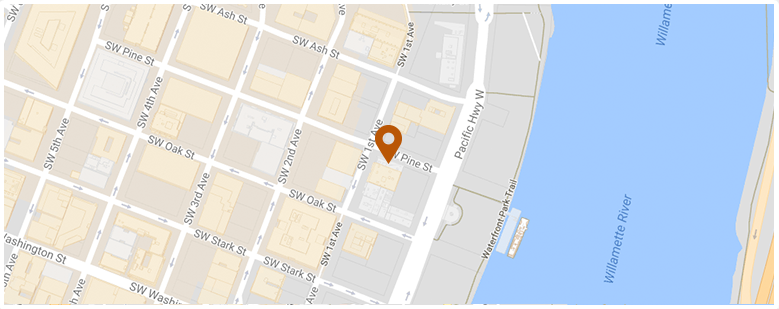Late last month I summarized the key findings of a New York Times article on the latest gadgets available to Oregon drivers and designed to combat distracted driving. Products like this have become increasingly important since the Oregon distracted driving law went into effect in January. As a Portland distracted driving attorney I’ve worked hard to keep on top of both the technological and legal sides of this fast-developing area of the law.
As I noted last month, one barrier to effective high-tech solutions combating Portland distracted driving is what has become known as the “passenger problem”: if your anti-distracted driving app works mainly by disabling all or part of your phone while the car is in motion (as determined by the phone’s GPS), how does that effect someone who is riding in the car but is not behind the wheel? Cutting down on Portland injury car crashes linked to distracted driving is a priority for everyone – but it is also a reality of modern life that not everyone making calls or texting from a moving car is behind the wheel.
My earlier post noted that different products deal with this issue in different ways. I mentioned that one product, Zoomsafer, allowed users to bypass its call blocking functions by completing a timed puzzle – presumably one too difficult to attempt while driving. Shortly after publishing that blog, however, I received an email from ZoomSafer’s Marketing Manager, Eleanor Jones, which reads, in part:
“Users cannot bypass ZoomSafer’s software by successfully completing a timed puzzle. We believe that such a mechanism is incredibly dangerous as it encourages drivers determined to flout the block to completely disregard the road in order to regain access to their phones’ texting functions.”
The system, she writes, does have a “passenger mode” which, in effect, puts “the automatic speed detection on ‘snooze’.” This, frankly, is good news, if only because lack of some route around the passenger problem threatens to emerge as a major barrier to adoption of anti-distracted driving devices in Oregon and elsewhere around the country. We are probably still a year or so away from having good statistical data on the new Oregon distracted driving ban and its effectiveness, but high tech solutions designed to address user’s concerns while keeping them safe seem like a very good start.
Continue reading
 Oregon Injury Lawyer Blog
Oregon Injury Lawyer Blog


